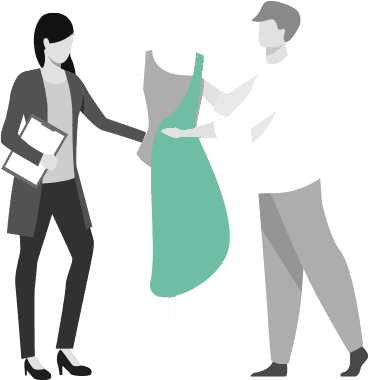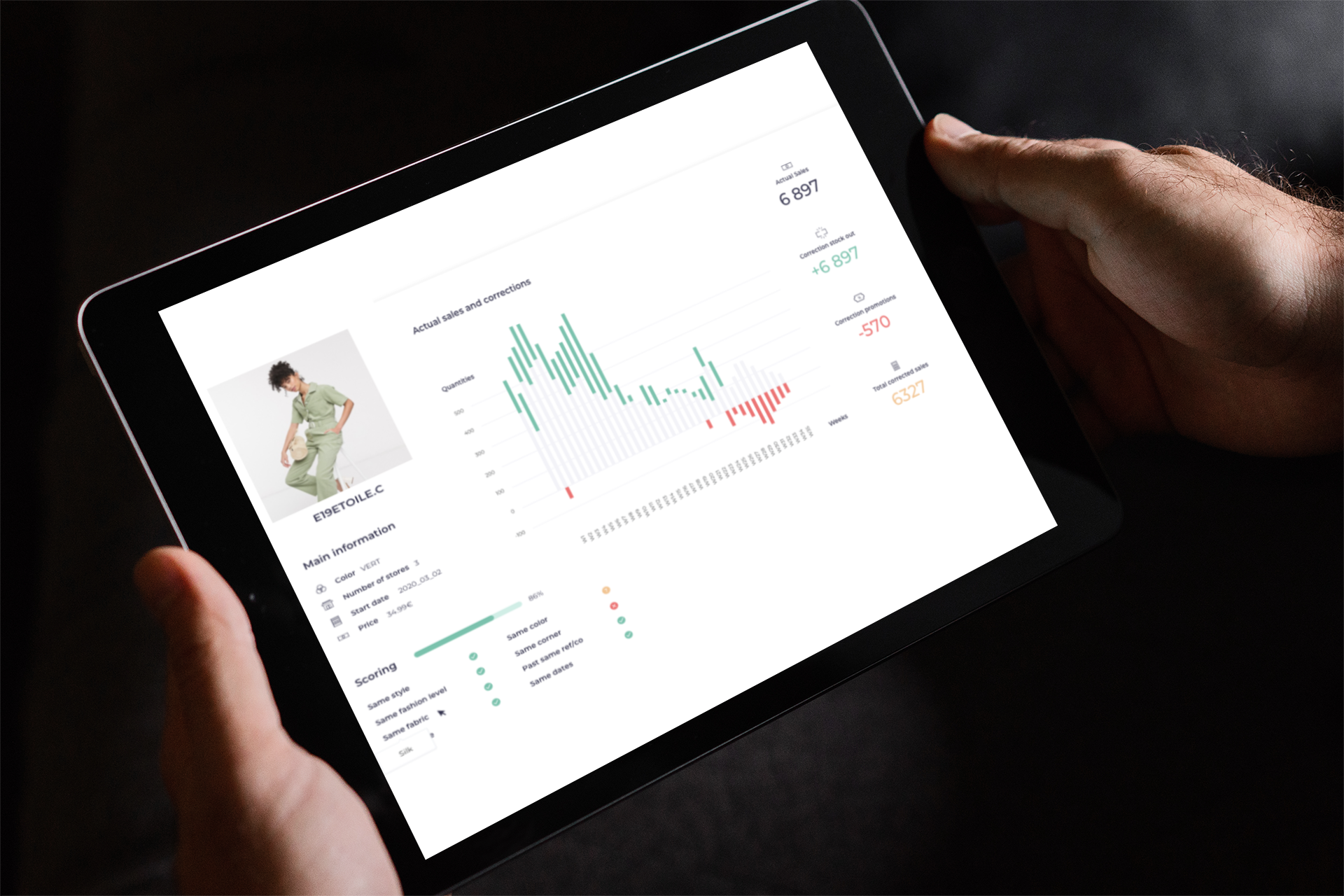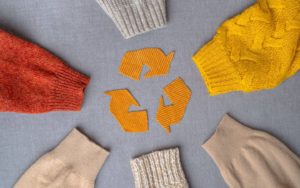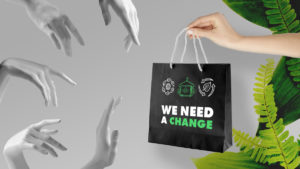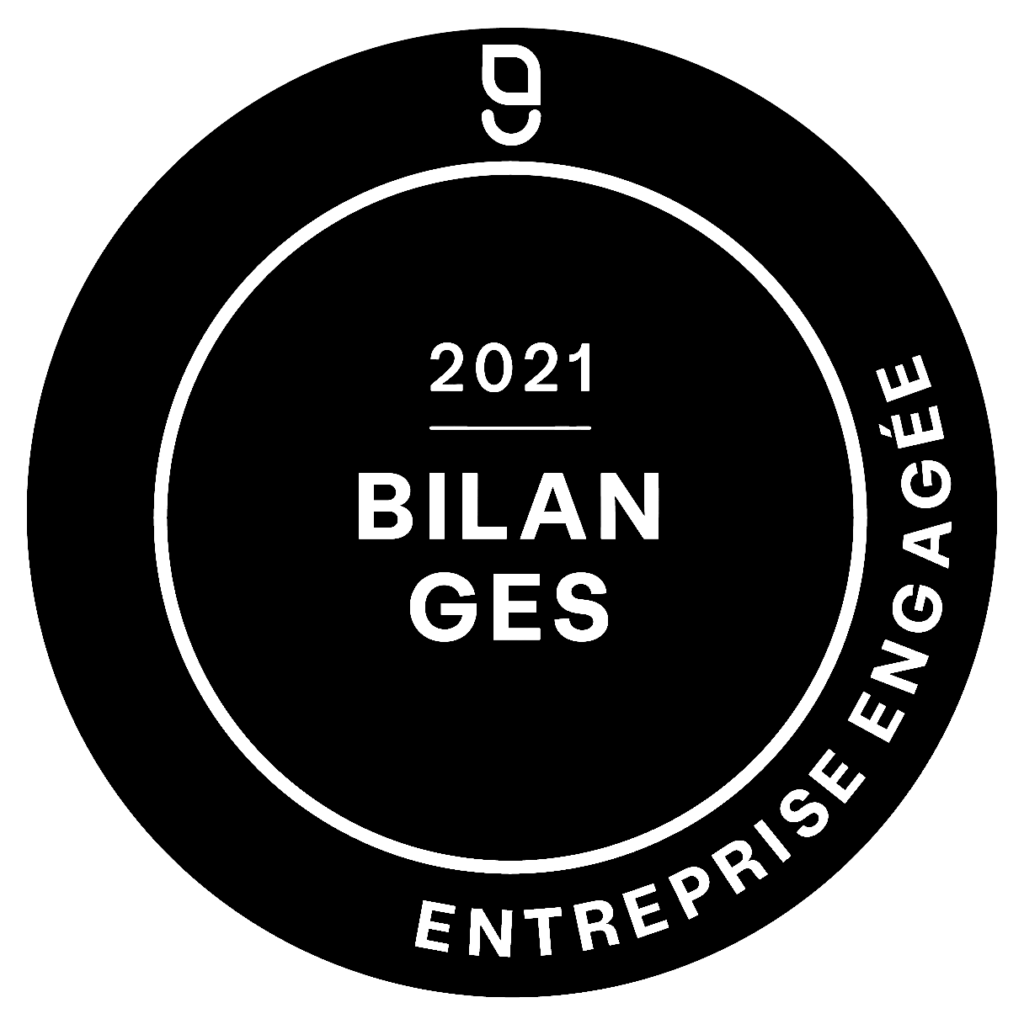In recent years, the fashion market has been going through a structural crisis, aggravated by that of COVID-19, putting many brands in great difficulty. Faced with this upheaval, brands must both guarantee their short-term survival, through draconian management of their cash flow, but also succeed in their transformation towards a more sustainable business model, both economically and ecologically.
In this context, the demand forecast has never been so crucial for these fashion brands. Indeed, it is no longer just a question of having the right product at the right time, but to have the right quantities, in order to optimize its margins, control its stocks and simultaneously reduce the environmental impact of its business.
Behind this notion of demand forecasting hides in fact two main subjects, in connection with the two temporalities specific to the textile industry: the demand forecast before season (Pre-Season Sales) and during the sales season (In- Season Sales). Let’s take a look at the first time frame when we need to estimate the future quantities of each item 6 to 12 months before the start of sales
WHY IS PRE-SEASON DEMAND FORECASTING IMPORTANT?
Before the season, brands consolidate a budget, build a collection, organize their assortment, in relation to a market conquest strategy and the sales histories of old collections. These brands then reserve capacity with their suppliers and commit to overall quantities estimated for the season. They also schedule supplier deliveries in order to always have the fairest quantity of products to optimize sales while minimizing the risk of over-storage or breakage. It is therefore a very important step in the management of a collection.
WHAT SPECIAL FEATURES FOR TEXTILE RETAIL?
A strong renewal of the ranges
 The great peculiarity of the distribution of fashion articles compared to other retail sectors is the high proportion of new products in the assortment. Indeed, depending on the brand, we can have 60% to 95% new items in each collection. However, classic forecasting models are all based on a sales history. Reconstruction of the history is therefore a primordial subject to be dealt with. Existing solutions mostly base forecasts on sales history for a similar product (sometimes called a “little brother”). The difficulty then lies in choosing the right similar article to have a good forecast.
The great peculiarity of the distribution of fashion articles compared to other retail sectors is the high proportion of new products in the assortment. Indeed, depending on the brand, we can have 60% to 95% new items in each collection. However, classic forecasting models are all based on a sales history. Reconstruction of the history is therefore a primordial subject to be dealt with. Existing solutions mostly base forecasts on sales history for a similar product (sometimes called a “little brother”). The difficulty then lies in choosing the right similar article to have a good forecast.
Multiplicity of products and erratic demand
In textile retail, the ranges are often very wide, with items that have low or even very low scrolls (less than 1 quantity per week and per store). However, machine learning algorithms are particularly effective with large amounts of data. The challenge will then be to find the right granularity to make forecasts in order to have the best possible precision. Depending on the use cases, this good granularity could be the sku, the reference / color, the reference, or even the sub-family.
Fashion trends
Fashion is changing from season to season. It is therefore difficult to rely on historical data alone to forecast future sales. Indeed, if lilac is the color of summer 2021, will it still be in 2022? The stake is then twofold to ensure a reliable sales forecast: first, how to take into account the data of fashion trends in the forecast, and, second, how to link the attributes from one season to another to take these changes. taken into account in forecasting models?
Brand strategy and identity
Purchases are not only a result of forecasting demand but also of branding, combined with the hunches of merch’planners. So how can we rethink the interactions between this strategy and the data produced by predictive algorithms?
ESTIMATE THE POTENTIAL OF PAST SALES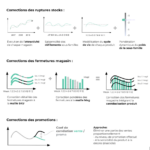
When we base the forecast on historical sales data, the challenge is not to reproduce the same errors as in the past, which requires reprocessing sales for external biases such as promotion, stock-outs or even sales. highlighting of in-store products (merchandising).
DATA ISSUES: DEMAND VS SALES
Demand vs Sales: Which Metric to Train a Model?
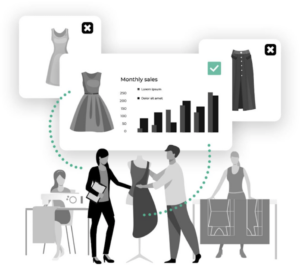 To train and evaluate a sales forecasting model, we need to simulate what the algorithm would have predicted if we had used it for past seasons and thus compare the results with the actual. It is then necessary to define upstream the metric that we want to improve in order to train and optimize the model to obtain the best possible forecast. However, in the context of demand forecasting, the metrics usually used in machine learning are not very relevant because the sales history is “polluted” by sometimes erroneous decisions of previous years. For example, the real potential of a product can be 1000 units while the brand bought only 300 during the last collection which skews future forecasts if we rely on past sales. The R&D work carried out by Fashion confirmed that, for this, it is necessary to mix a large number of metrics in order to build a reliable algorithm, since there is no magic KPI.
To train and evaluate a sales forecasting model, we need to simulate what the algorithm would have predicted if we had used it for past seasons and thus compare the results with the actual. It is then necessary to define upstream the metric that we want to improve in order to train and optimize the model to obtain the best possible forecast. However, in the context of demand forecasting, the metrics usually used in machine learning are not very relevant because the sales history is “polluted” by sometimes erroneous decisions of previous years. For example, the real potential of a product can be 1000 units while the brand bought only 300 during the last collection which skews future forecasts if we rely on past sales. The R&D work carried out by Fashion confirmed that, for this, it is necessary to mix a large number of metrics in order to build a reliable algorithm, since there is no magic KPI.
Data quality and availability
As explained above, it is very important to choose the right similar product (s) from previous collections in order to reconstruct a relevant sales history to make an accurate forecast. To do this, the challenge for the brand is to have quality data, in particular product attributes. 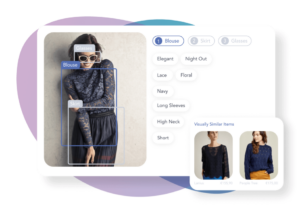
However, by experience, this information is often not sufficiently precise or stable over time. Having a PIM (Product Information Management) is an asset to simplify and accelerate the input work by business teams. Another area for improvement: Deep Tagging, which consists in automatically enriching the current and past article repository thanks to an image analysis AI which extracts the product attributes from the photos.
GLASS BOX VS BLACK BOX
Some forecasting models are much more explicable than others, you will then have to decide if the “explicability” of the forecast is an important criterion to promote the understanding of the recommendations and thus strengthen the confidence of users, a necessary prerequisite for change management. From our side, the vision we have is that it depends on the timing of the forecast. In fact, in the pre-season, we believe that the prediction must be explainable because the purchases also depend on a business strategy, the merch’planner then having to understand the prediction in order to make the right decision. On the other hand, during the sales season, predictions must above all be automatic and prescription to let users focus on value-added actions.
BECOME ECO-PROFITABLE
As said Auguste Detoeuf :
You should never forget to plan for the unexpected.
The current context is the perfect example. It highlights the need for brands to combine prediction and agility in order to maximize a company’s ability to perpetually adapt to circumstances.
The pre-seson and in-season Demand Forecasting solutions therefore make it possible to sustainably improve the economic and ecological performance of a fashion brand by strengthening its ability to better forecast in the long term while being more responsive to the vagaries of business. .



